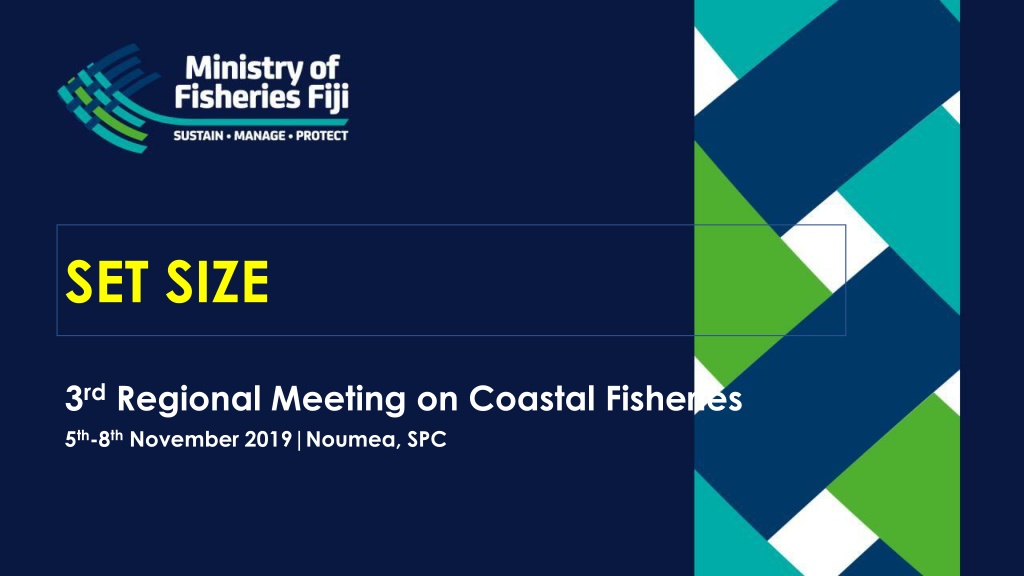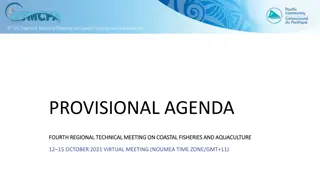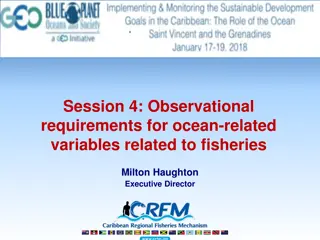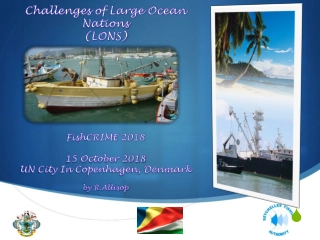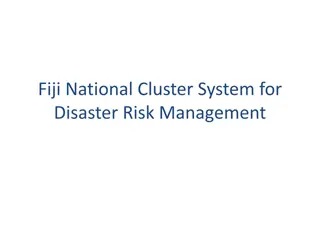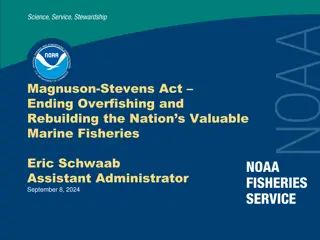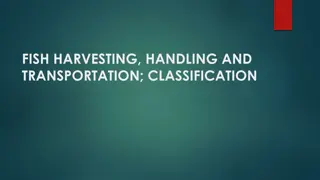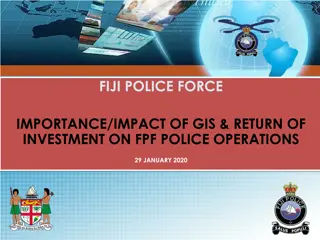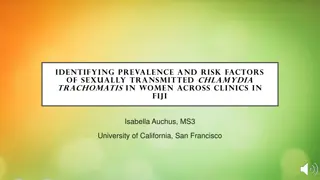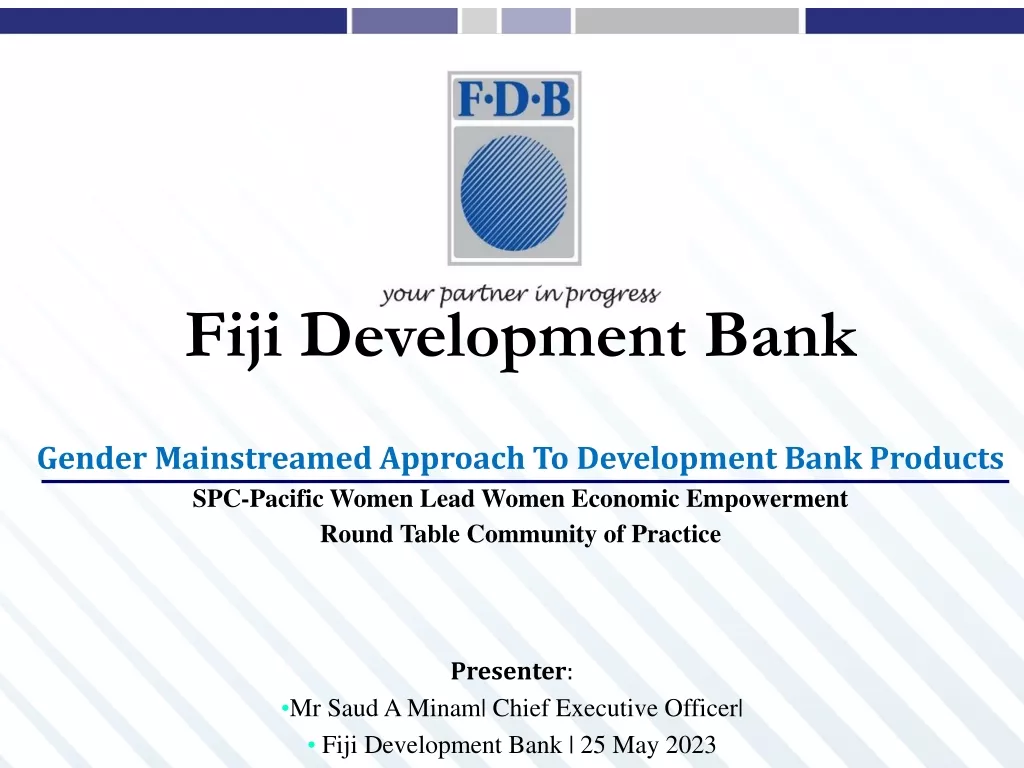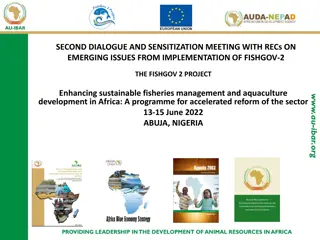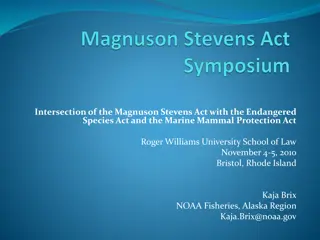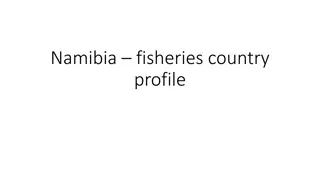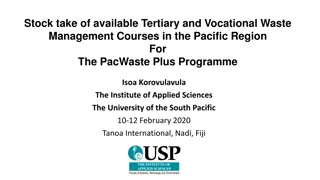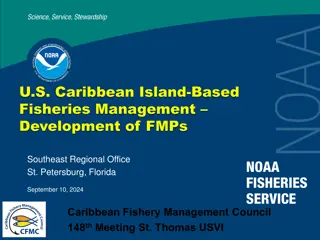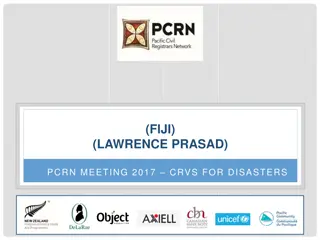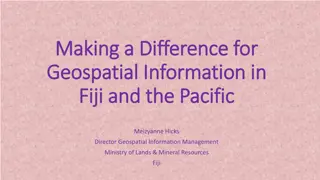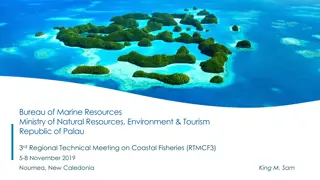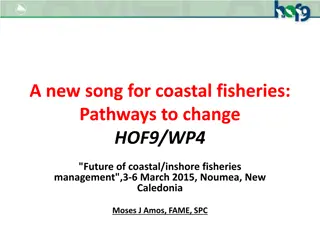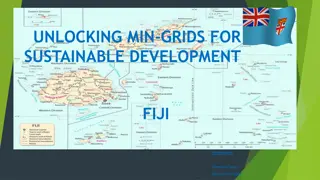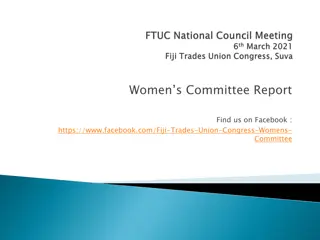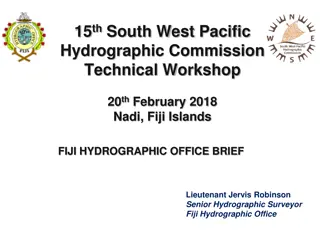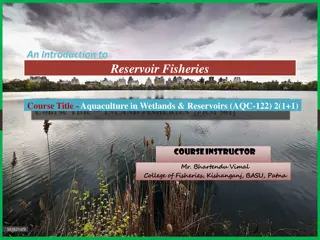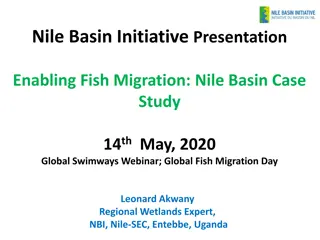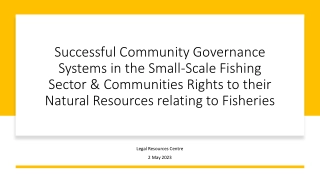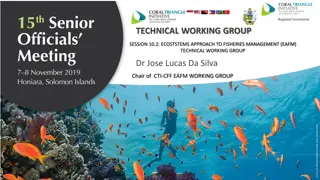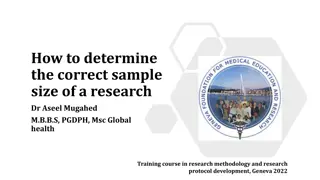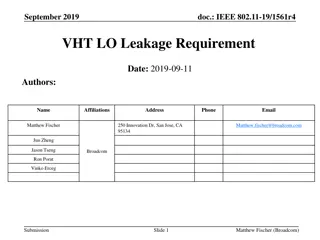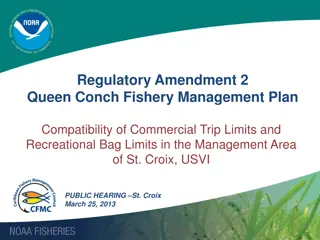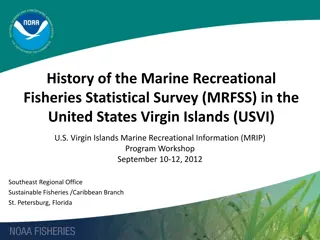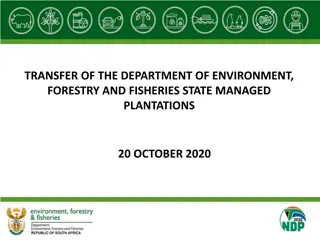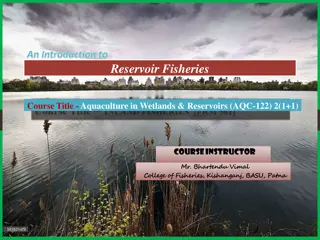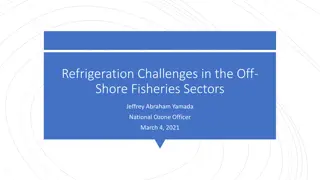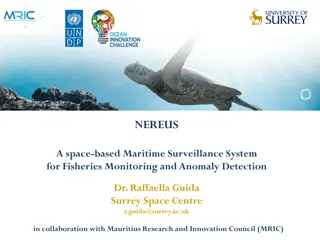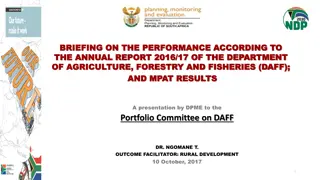Enhancing Fisheries Management Through Size Limits Study in Fiji
Fiji's coastal population heavily relies on fisheries for sustenance, but declining fish stocks necessitated a review of size limits. Collaborative efforts to collect data on fish maturity aim to inform effective fisheries management strategies for sustainable fishing practices.
Download Presentation

Please find below an Image/Link to download the presentation.
The content on the website is provided AS IS for your information and personal use only. It may not be sold, licensed, or shared on other websites without obtaining consent from the author. Download presentation by click this link. If you encounter any issues during the download, it is possible that the publisher has removed the file from their server.
E N D
Presentation Transcript
SET SIZE 3rd Regional Meeting on Coastal Fisheries 5th-8th November 2019|Noumea, SPC
The Problem The Problem Majority of Fiji s population is coastal and therefore highly reliant on fisheries, particularly inshore fisheries for their subsistence and livelihoods. Due to increasing fishing pressure, fish stock size started to decline. Fiji s size limits are defined in the Sixth Schedule (Regulation 18) of the Fisheries Regulations enacted under the Fisheries Act. These Regulations were first enacted in 1965. At the time, the sizes were based on studies from other countries, as there were no studies available from Fiji. Fiji s size limits for fish were defined over 55 years ago, so there was an urgent need to review these size limits and update them.
Many tools for Fisheries Management Many tools for Fisheries Management Catch Limits Gear restriction MPA s Seasonal Closures Size Limits
The Solution The Solution Size limits are a commonly used and effective tool for fisheries management that are based on the reproductive biology of the animal. Specifically, it sets the minimum size a fish or invertebrate has to be, before it is harvested. Minimum size limits allow fish or invertebrate species to get to adult size and reproduce, contribute to the next generation (therefore replenishing stocks), before it is caught. In 2014 Fisheries scientists from the MoF, Wildlife Conservation Society (WCS), and World Wide Fund for Nature (WWF) began a collaborative work with Dr. Prince, to collect data on the size at maturity of fish in Fiji.
Spawning Potential Ratio (SPR) Survey Spawning Potential Ratio (SPR) Survey The surveys involved measuring the fish length and cutting open the stomachs of fish to inspect the reproductive organs inside and documenting if a fish was adult (i.e. mature with eggs or sperm present) or juvenile (i.e. immature). The surveys focused almost primarily on coral reef fish, given their critical role in food security and local livelihoods. Representative communities from Bua, Macuata, Ba, Serua and Kadavu were also trained and collected size at maturity data from fish caught in their fishing grounds. This also included data collected by the collaborative partners and fisheries research officers from fish markets around Fiji.
SPR Research SPR Research Species Identification Species Identification Species Identification Spotted parrotfish (ulavi) Blacksaddle Coral grouper (Donuloa) Malabar grouper (soisoi) White streaked grouper (sinusinu) Dusky parrotfish (ulavi) Red Salmon Cod (Donu)
SPR Research SPR Research - - Measuring fish species Measuring fish species
SPR Research SPR Research - - Identification of Gonads (Sex : M/F & Maturity Identification of Gonads (Sex : M/F & Maturity : I/M) : I/M) Immature (I) Immature (I) Matured/Female Immature (I) Matured/Female Matured /Female
SPR Key Results SPR Key Results A total of 16,404 fish from 180 species was sampled and measured. 17 species are assessed as having <20% SPR, the international Limit Reference Point above which fish stocks should be managed to minimize the risk of stock decline. Fourteen (14) of these species are estimated to having <10% SPR the international reference point for SPR CRASH below which fish populations are expected to collapse. Size limits of 76 fish species were determined. This results suggest an urgent need to reform the management Fijian reef fish stocks so that fish are not caught before reproducing sufficiently to replace themselves and keep populations stable.
Determining the appropriate size limit Determining the appropriate size limit Guided by the following: minimum size limits be set at 1.2 x size at maturity; placing similar looking species within the same size class; minimising the number of size classes within any one taxonomic group; ensuring highly vulnerable species which are only mature at a large size, area placed in the higher size groups.
Example Proposed Set Sizes for 10 Common Species Example Proposed Set Sizes for 10 Common Species
Considerations for Fisheries Management Considerations for Fisheries Management Biological Considerations Ecological and Environmental Considerations Technological Considerations Social and Cultural Considerations Economic Considerations
Implementation of Set Size Implementation of Set Size Implementation of all of the new size limits immediately would cause social and economical issues We need to change what we are catching and any change doesn t come overnight We need to start a conversation about the state of our fisheries so people understand why we need to change Implementation of the new set sizes will be a gradual process, balancing all of the interests and allowing for a gradual change in fisher/vendor behaviour But these changes have to happen to ensure sustainable fisheries for Fiji. It is not a question of if, but when these get implemented because we cannot keep landing fish before they have been able to breed.
Thank You Thank You Vinaka Vinaka Vakalevu Vakalevu
